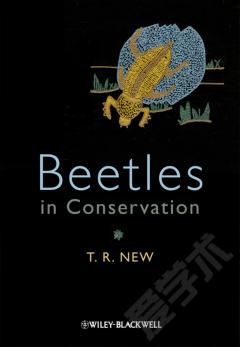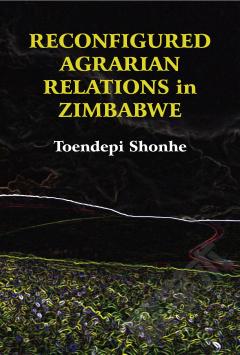Conservationism in Zimbabwe
African forests provide the focus for a growing body of historical research in Zimbabwe. This book draws on economic and environmental history approaches in exploring the exploitation and conservation of woodland, respectively. The main focus of the investigation is the consumption–conservation relationship between humans and the forest zone. Customary forest practice in the Zambezi teak or Baikiea woodland points towards a better understanding on the subject, informed by a wide range of sources; oral tradition, missionary records, travel accounts and colonial documents. British imperial interest in Zimbabwe accelerated in the mid-1880s motivated and accelerated by speculative mineral discoveries thought to rival the Witwatersrand gold mines in South Africa. The British South Africa Company colonised Zimbabwe in 1890 expecting to finding rich gold deposits and when these hopes were dashed, white settlers turned their interest to other resources, land and forests. The rapidity with which the BSAC surveyed forest resources was testament to their expected commercial value. The mkusi and other commercial species motivated the government to gazette and establish eight state forest reserves in North-Western Matabeleland with a combined total of 1.6 million acres. In the company era, timber merchants exploited gusu with little or no control and their activities resulted in much deforestation. When European farmers and miners established commercial farms and mines in colonial Zimbabwe, the latter received preferential treatment in timber and energy requirements from the government because they contributed the bulk of state revenue. This policy was a source of protracted conflict between miners and farmers over forest exploitation. However, the state also sought to orient settler farmers towards the production of export crops: tobacco, maize and cotton. The two major pillars of the colonial economy, mining and agriculture, directly caused a fundamental transformation in soil and forest use, leading to deforestation and soil erosion. Soil erosion was a major risk that was faced along with the logistic and financial difficulties of pioneer farming. It however highlighted the negative impact of settler farming, particularly the perennial cultivation of the same crop on the same field, notably tobacco and maize. Land was used for short-term economic gain. What was missing was a willingness on the part of the settler society to deal effectively with the problems of deforestation and erosion, and the need for radical change in individual and collective attitudes towards natural resources.
{{comment.content}}








 京公网安备 11010802027623号
京公网安备 11010802027623号